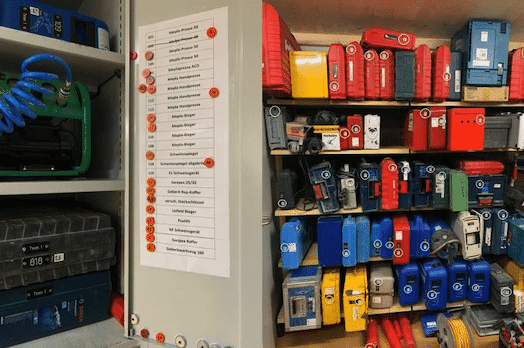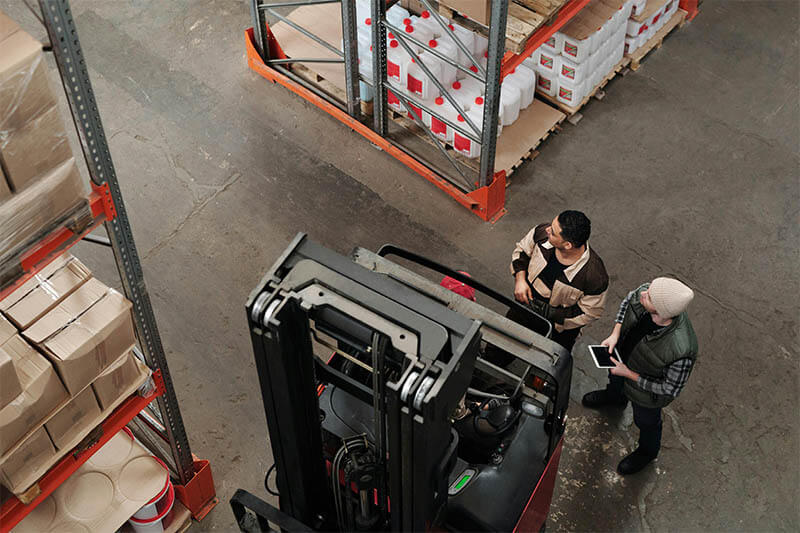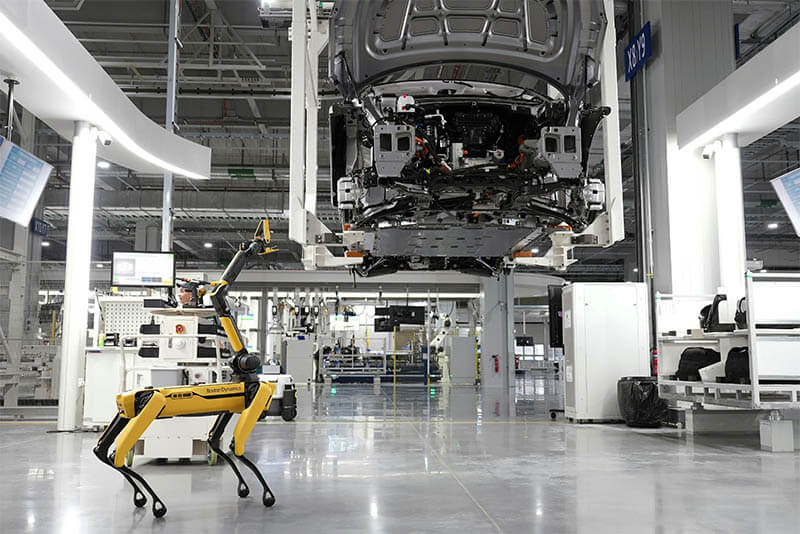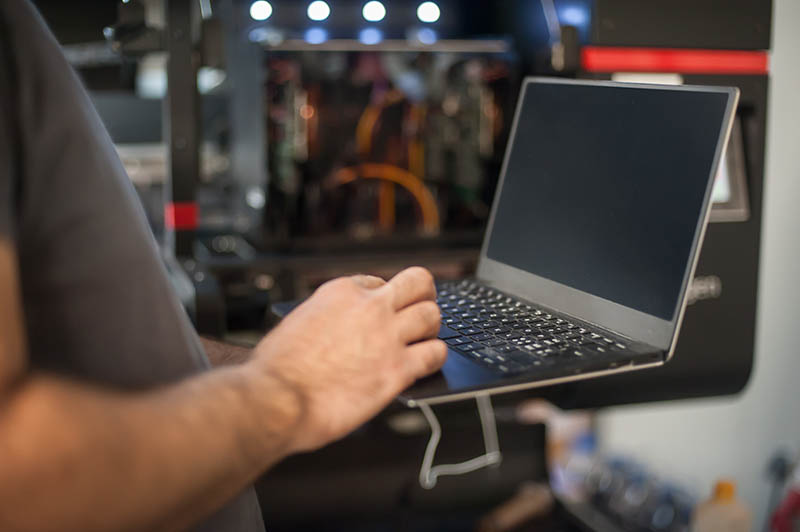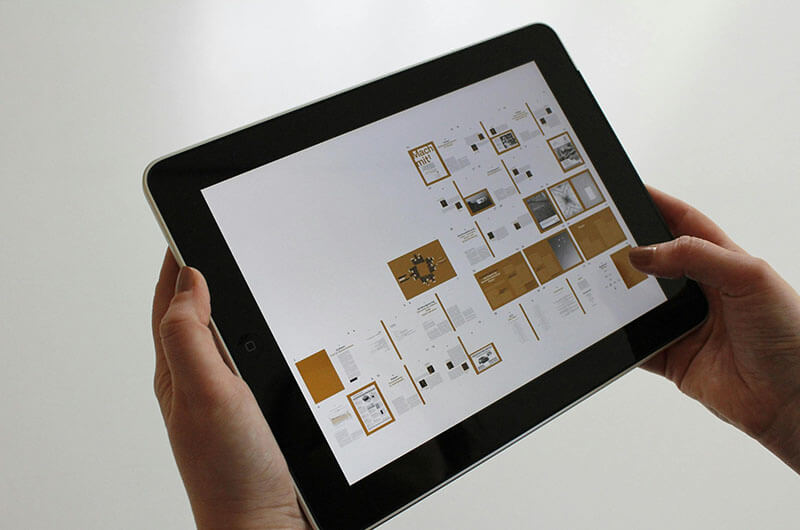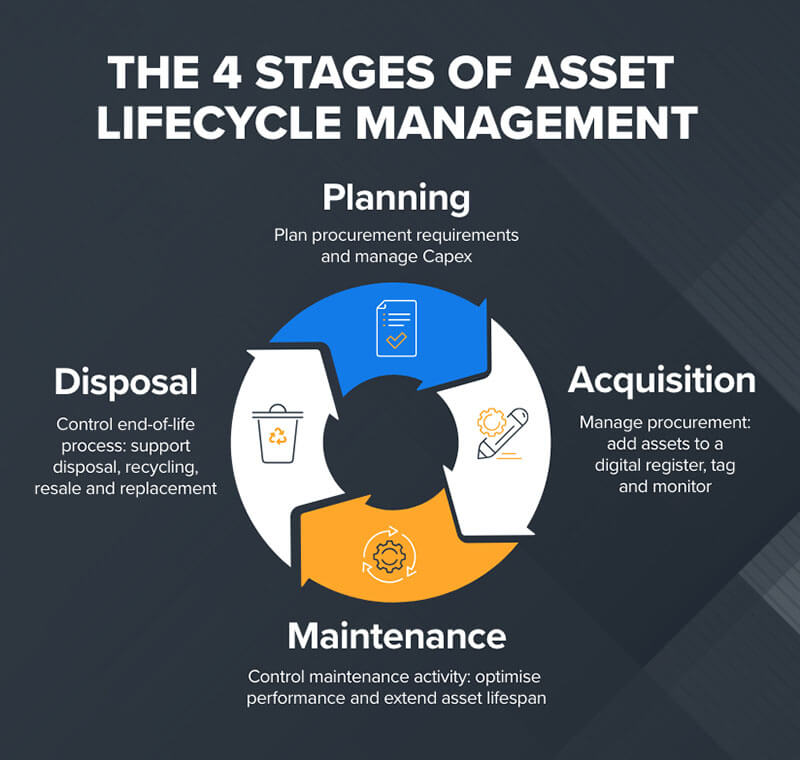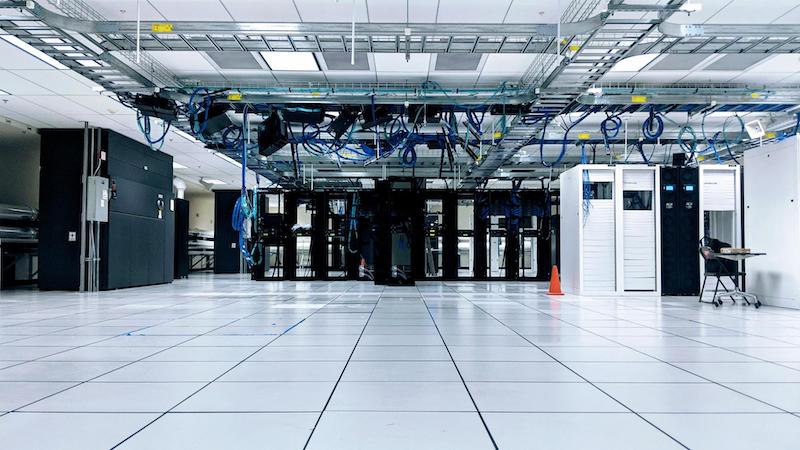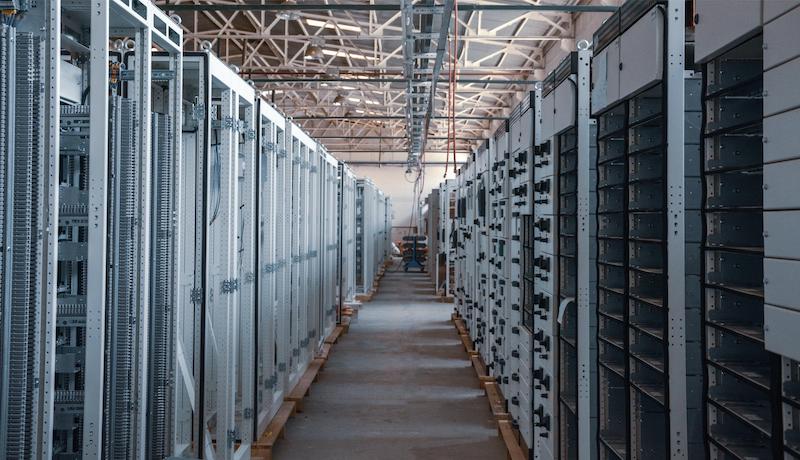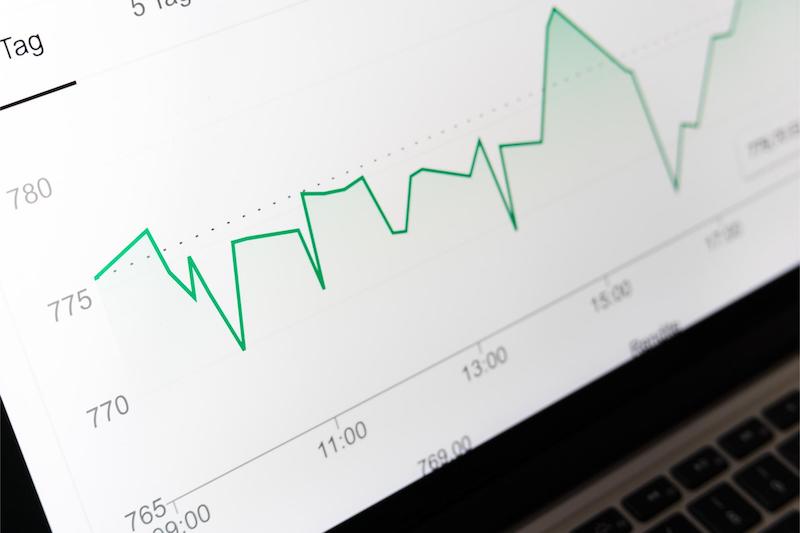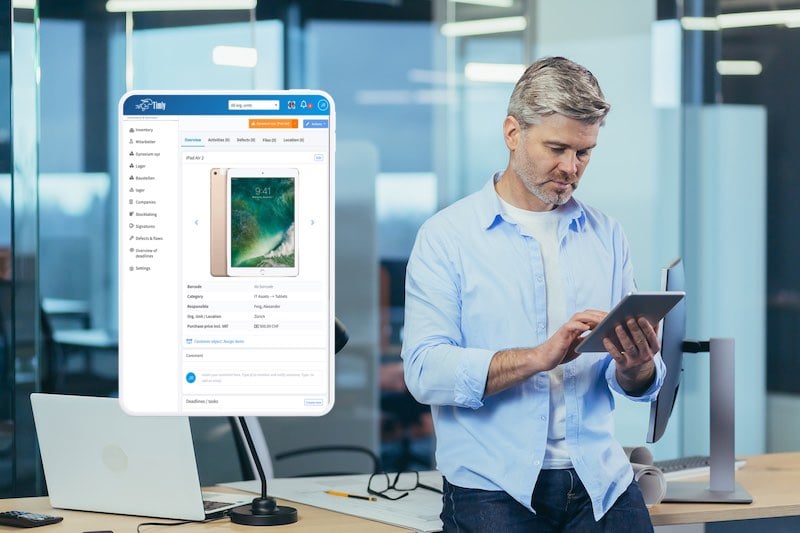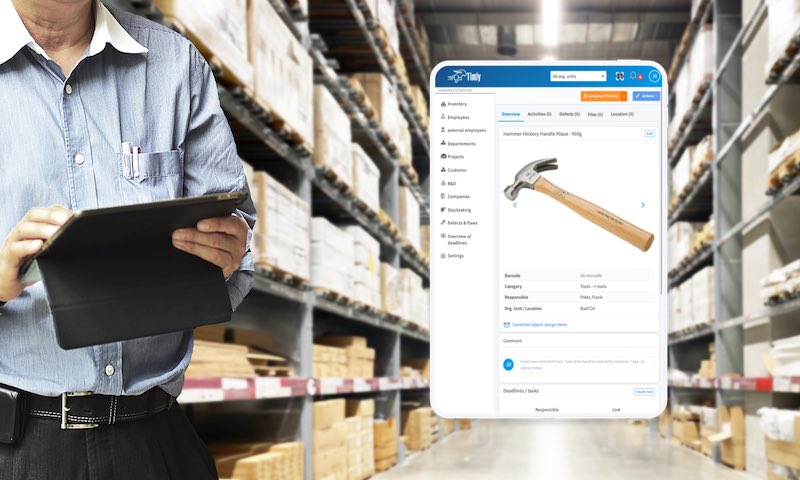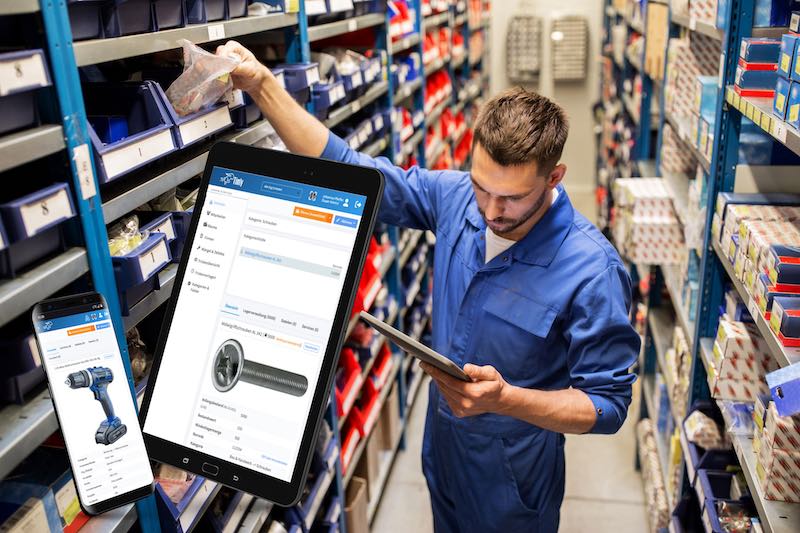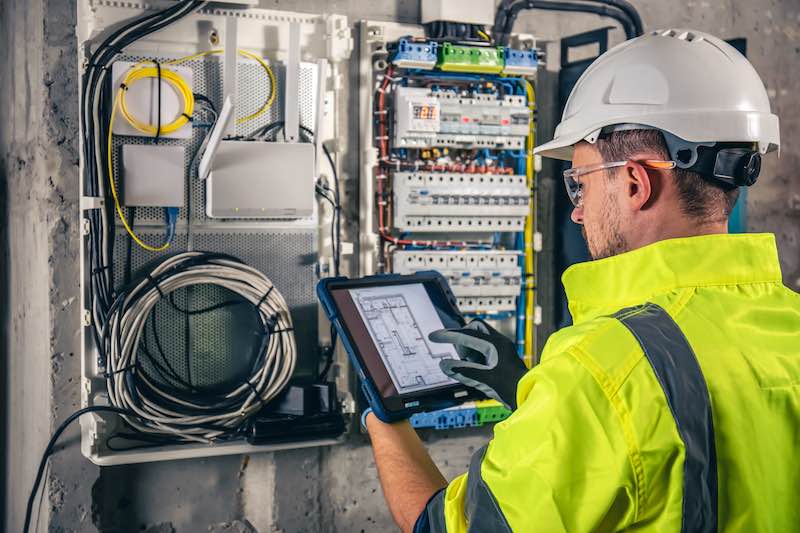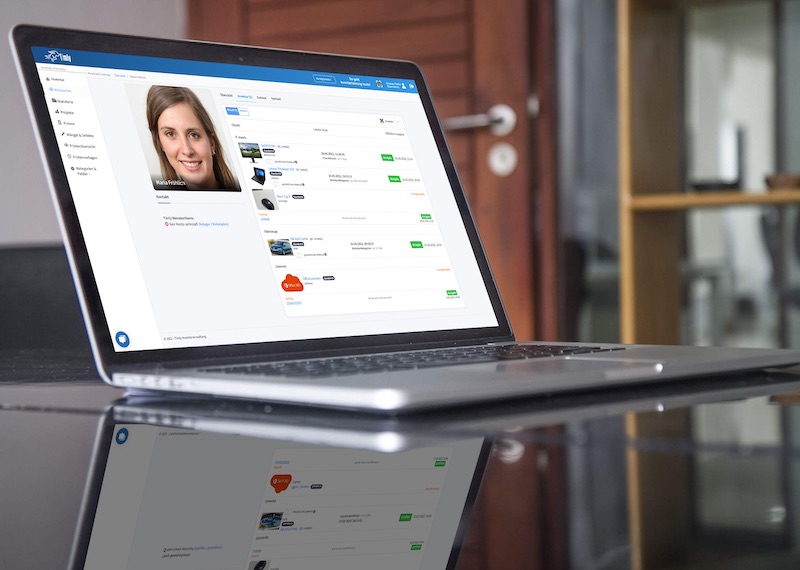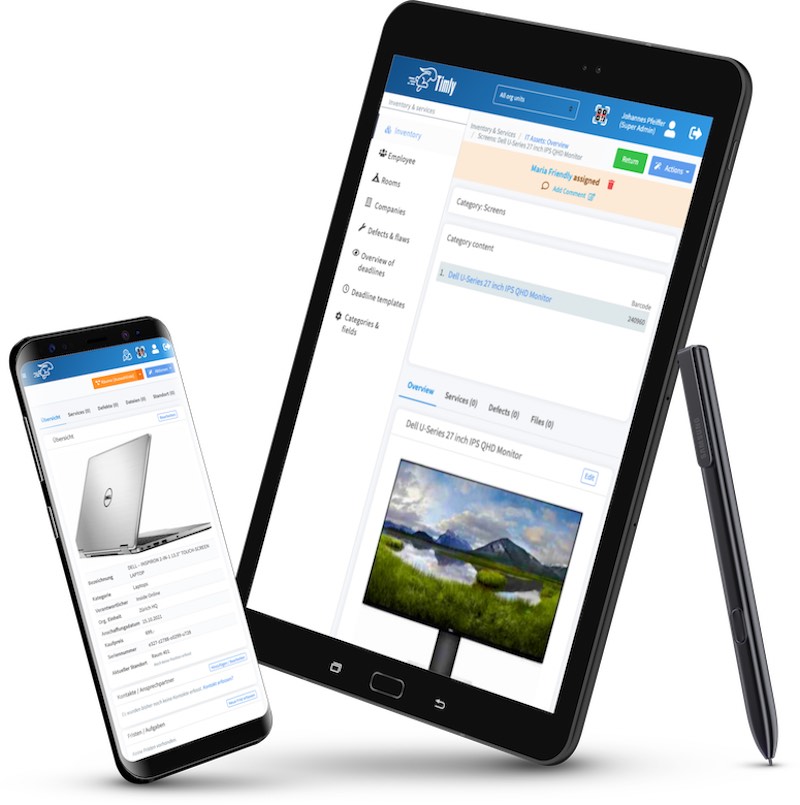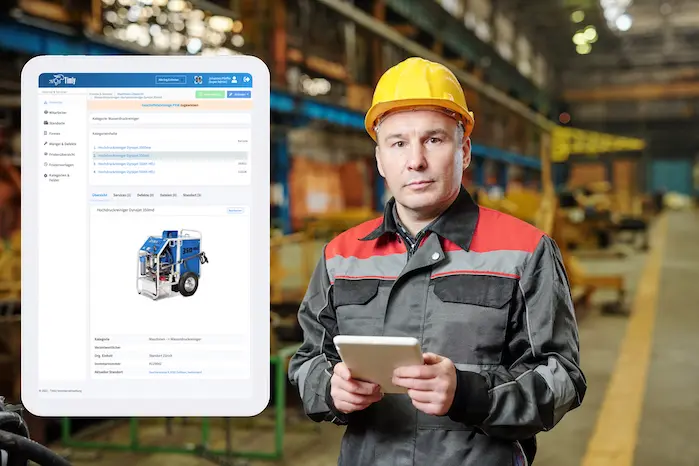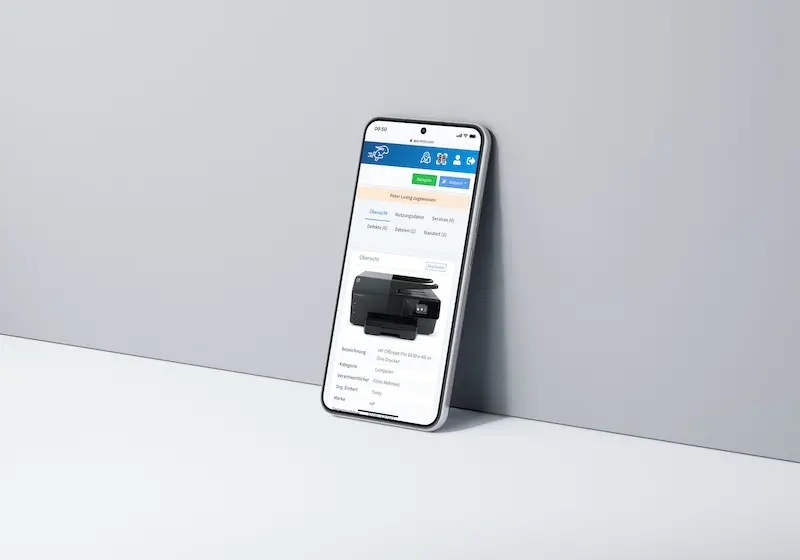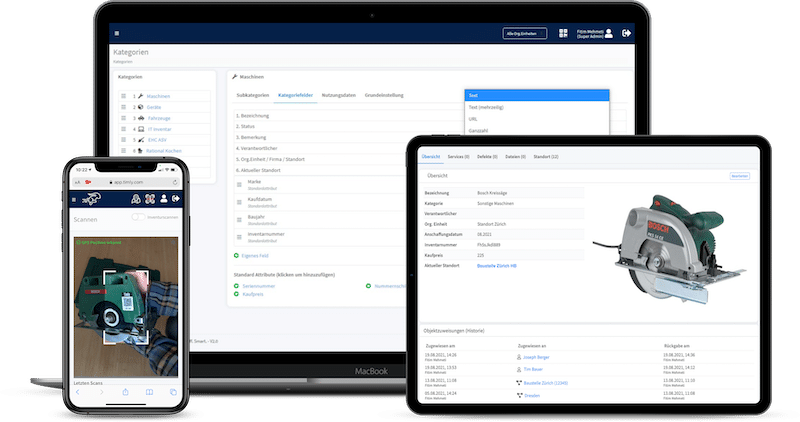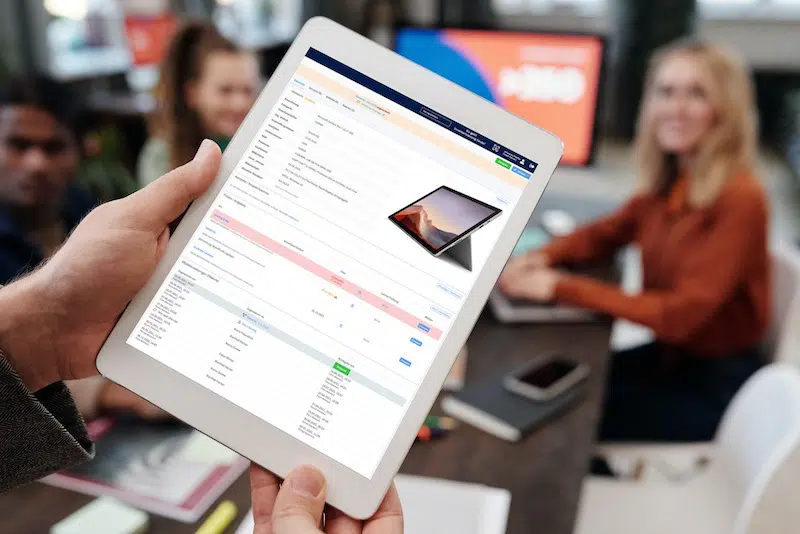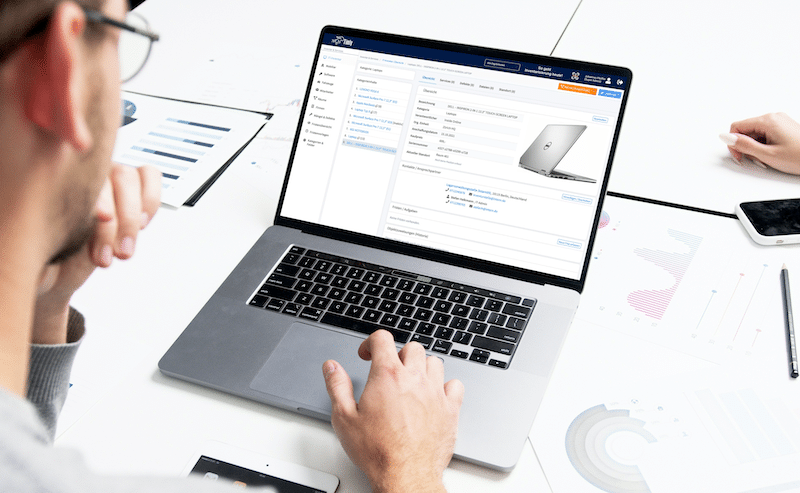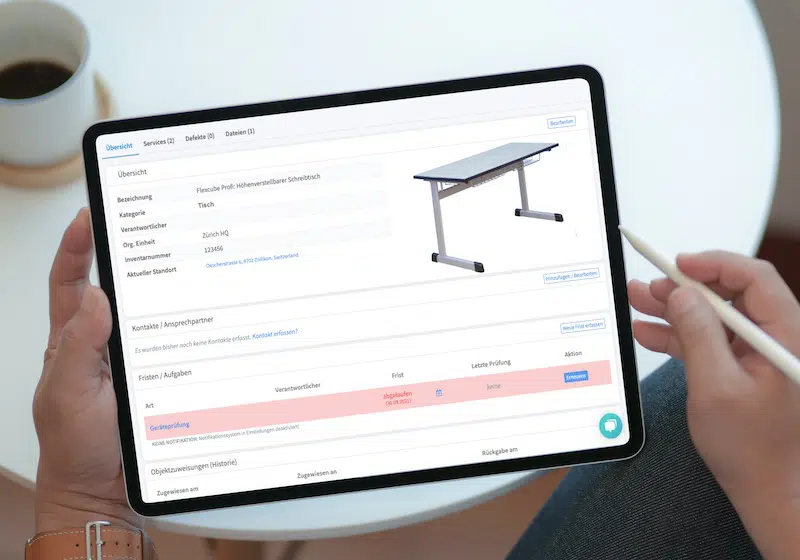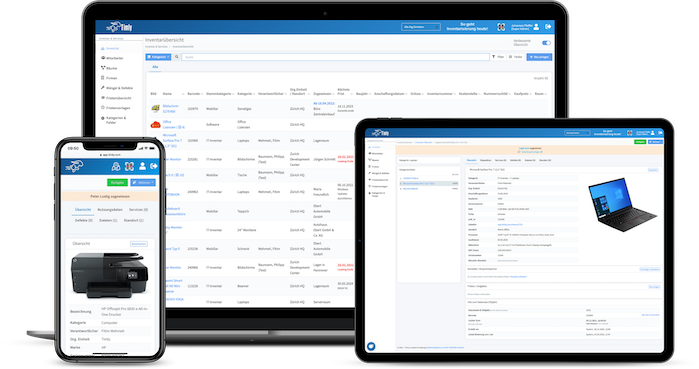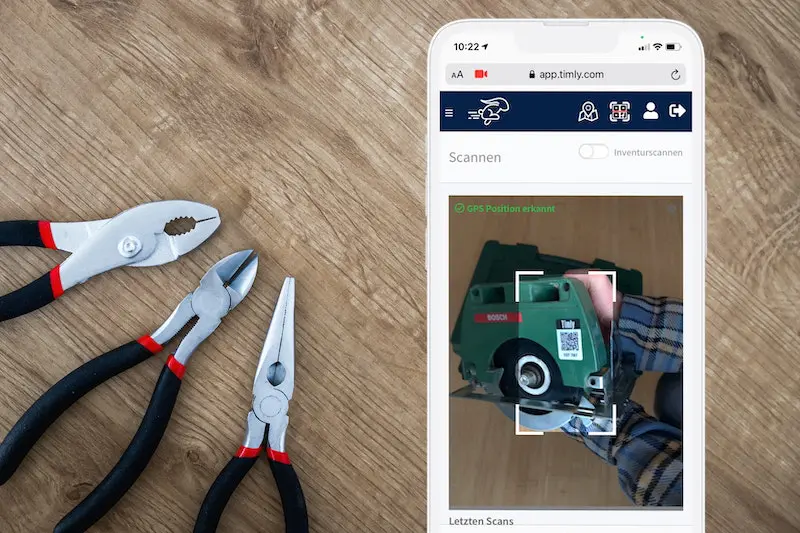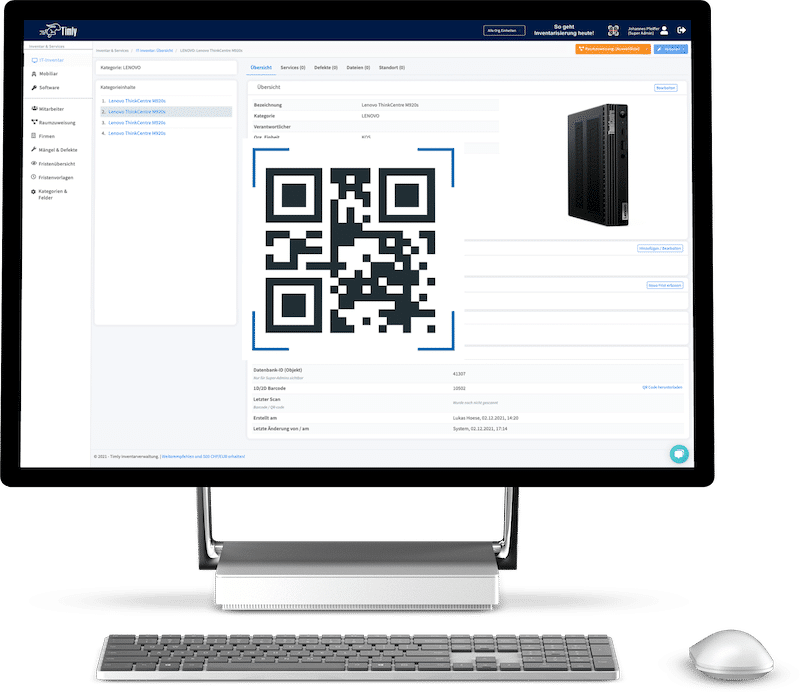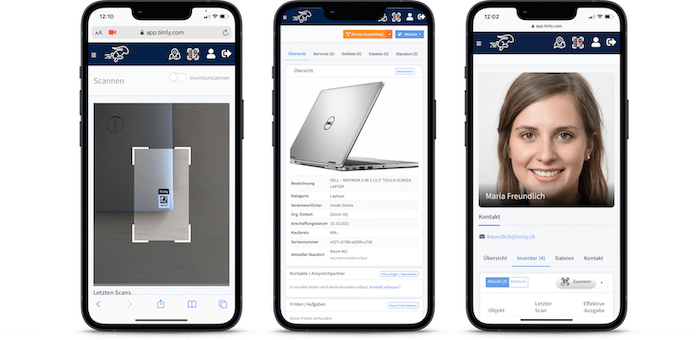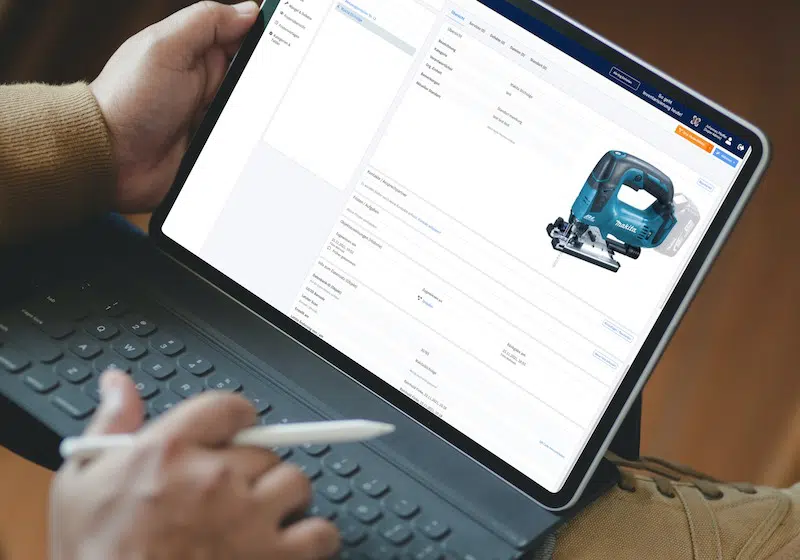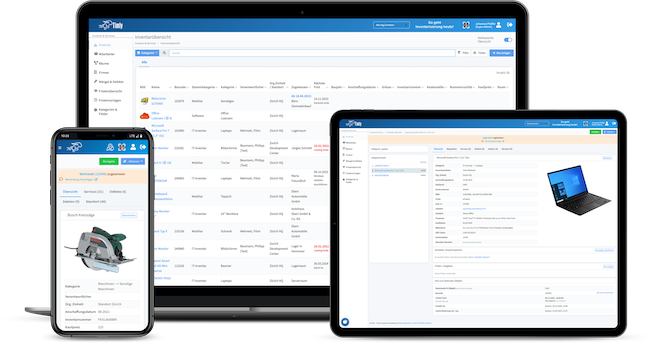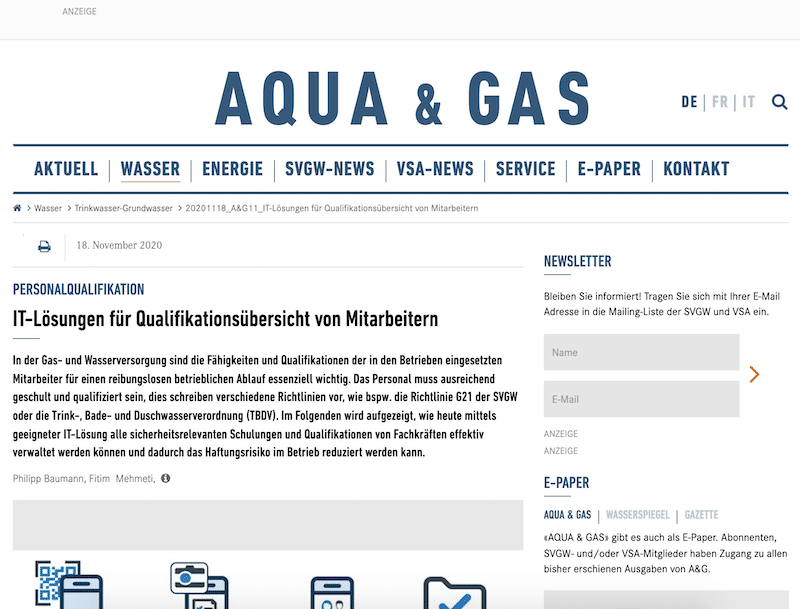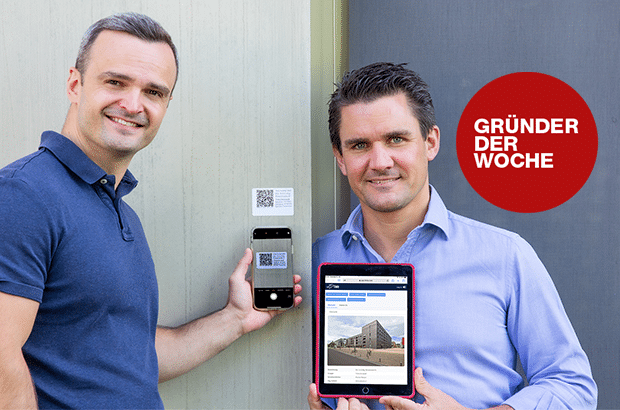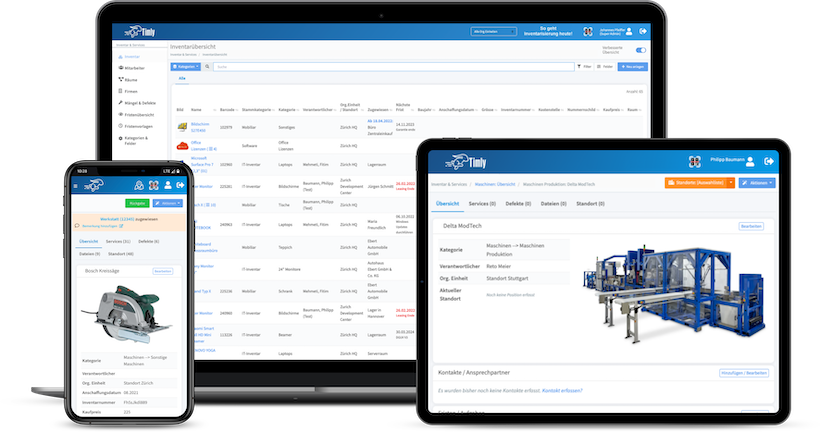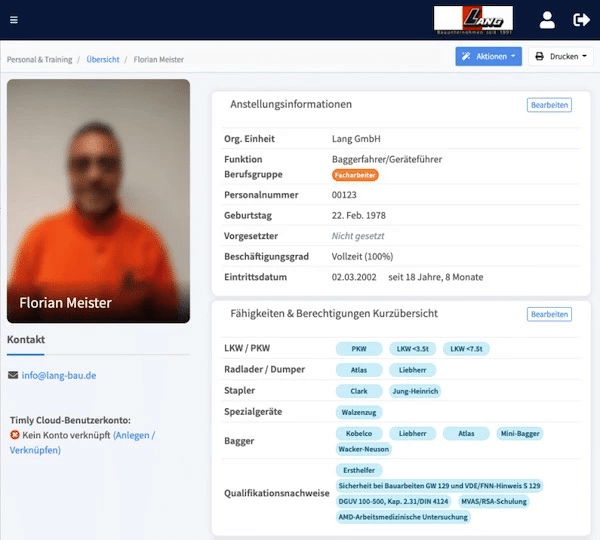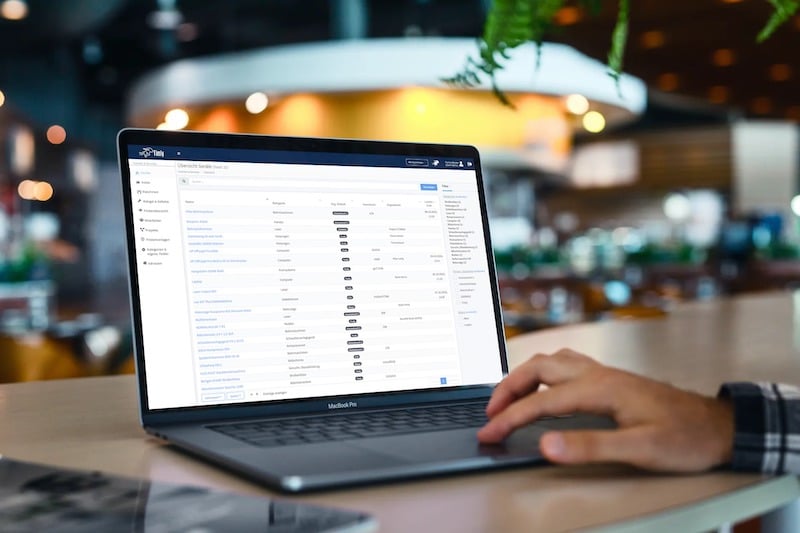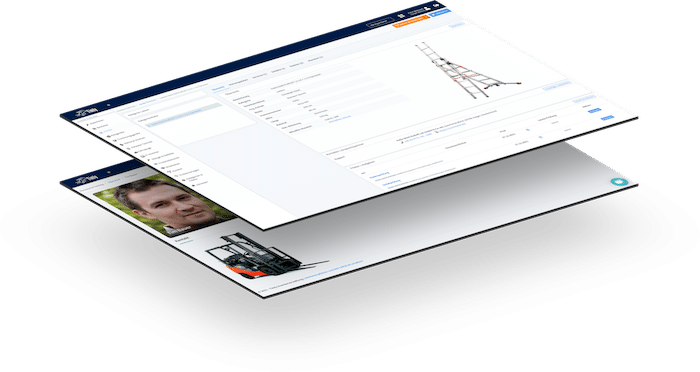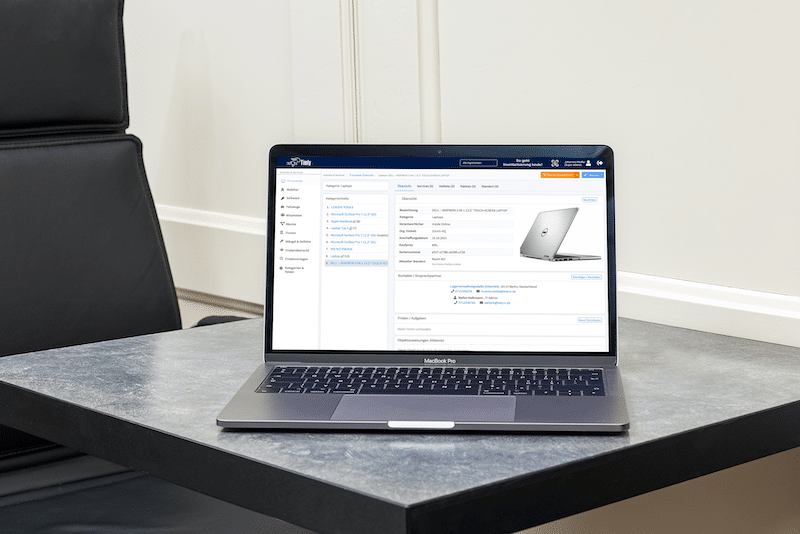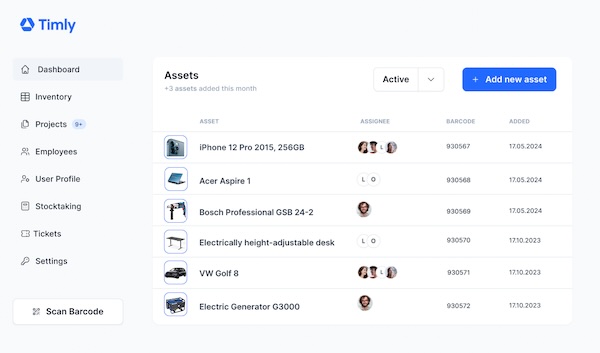
Key Takeaways:
- A perpetual inventory system is crucial for organizations to have real-time visibility of their assets. The system facilitates monitoring, tracking, and identifying purchases, as well as assets being transferred or moved between locations. Essentially, a perpetual system is indispensable for inventory costing.
- By updating stocks promptly, you ensure that the information is always real-time and that items are consistently available. This is particularly crucial for organizations and warehouses operating 24/7.
- Reporting capabilities are crucial for making informed decisions and providing accurate information to stakeholders.
- When choosing a system, you must ensure that it is customizable, cost-effective, and user-friendly.
In This Article:
- What Are Examples of a Perpetual Inventory Software?
- What Constitutes a Perpetual Inventory System?
- Asset Management Software in Use by Our Customers
- Is Dropbox a Perpetual Inventory System?
- Is SAP a Perpetual Inventory System?
- Why Do You Need a Perpetual Inventory Management? Exploring the Necessity
- Frequently Asked Questions About Perpetual Inventory System Examples
What Are Examples of a Digital Asset Management System?
A perpetual inventory system is designed to record every sale and purchase of inventory in real-time, providing an up-to-date overview of the items in stock. Moreover, when it comes to inventory management systems, there are myriad options available, and sometimes organizations need to understand why asset management matters. Therefore, perpetual inventory management facilitates tracking transactions such as sales, purchases, transfers between departments or warehouses and identifies inventory that is no longer available due to defects or theft. In essence, a perpetual inventory system is essential for updating, managing, and tracking inventory costs.
- Item Availability: Utilizing a perpetual inventory system like Timly enables continuous updates of stock counts, providing real-time data on item availability. This feature is crucial for companies operating round-the-clock production and inventory movement.
- Reporting: Access to a sophisticated reporting system is essential for effective decision-making and forecasting in large warehouses or with extensive stock. Stakeholders and investors require detailed information on inventory levels, transactions, and costs, including the cost of goods sold (COGS).
- Workflow Management: Given the constant flow of stock purchases and allocations to various departments or warehouses, effective human resource management is imperative. A perpetual inventory system allows real-time tracking of item locations, ensuring adequate manpower is available to handle stock allocation and movement efficiently.
Real-World Applications:
To grasp the significance of perpetual inventory in today’s world, it’s important to understand its application in scalable organizations. Similarly, managing a perpetual inventory is similar to how to manage IT assets inventory. It is a robust system known for its user-friendliness and security.
Let’s examine examples of real-world applications where perpetual inventory systems are used.
Manufacturing:
The manufacturing industry derives significant benefits from employing perpetual inventory software like Timly. Given the large volume of inventory involved, having an updated stock database is crucial for effective inventory management.
E-commerce:
For e-commerce companies and startups aiming for expansion, a perpetual inventory system offers substantial advantages by providing greater control over merchandise management.
Humanitarian:
In the humanitarian sector, real-time updates are essential for inventory management, particularly to ascertain available stock or items requiring procurement before deployment. Implementing a perpetual inventory system facilitates access to real-time information, thereby enhancing operational efficiency in humanitarian missions.
How Do You Compare Perpetual Inventory Management Software Solutions?
If you’re considering purchasing perpetual inventory management software, you’ll need to consider several key factors. These include whether the software solution is customizable and cost-effective, as well as the appearance of the interface. These aspects are crucial when comparing the various perpetual inventory management software programs available. Another factor you need to consider as well is how constantly is your inventory being updated.
Is the software customizable?
Customization is crucial when it comes to scaling a business. It’s important to ensure that the software integrates seamlessly with other standard software in the organization. This entails enhancing workflows, adding extra fields, and modifying reports to cater to various stakeholders and clients. In the long run, a customizable inventory system will yield benefits, and you will avoid unnecessary costs. The system is already designed for future enhancements.
Is the software costly?
When it comes to cost, it is crucial to ensure that you are using a system that does not have any hidden costs. Pricing needs to be considered, but you will also need to factor in the functionalities it provides. It is pointless to own a cheap software system that, at the end of the day, does not provide any value to the business.
How is the user interface?
What Types of Perpetual Inventory Systems Are There?
There are many types of perpetual inventory systems out there. Although each has its own unique qualities, they share similarities with inventory systems. The two main types of perpetual inventory systems are radio frequency identification (RFID) and barcode tracking.
Radio Frequency Identification (RFID)
Barcode Scanning
Barcode scanning is crucial in perpetual inventory systems. When items are purchased, sold, or moved, they are easily identified and updated in real-time within the system. This makes it easier to track the location of items without any hassle. To add on, this is crucial for security measures because you will know where your assets are at all times, who is using them, when they were used, or if the items have been suddenly removed.
What Are Examples of a Perpetual Inventory Software?
Warehouse Management:
In large facilities like warehouses, identifying goods can be quite a challenge. Therefore, you need a perpetual inventory system such as Timly to locate assets. Since Timly utilizes multi-location support, you can rest assured that you will be able to find your products with ease and without hassle.
Retail Management:
In retail management, ensuring products are always available is a major criterion. Therefore, it is essential to track when products are purchased, the cost of goods sold (COGS), or shipped out of the warehouse.
Manufacturing Management:
The manufacturing industry heavily relies on perpetual inventory. It’s imperative to always know when products in inventory arrive in real-time. With up-to-date information, you can track the movement of raw materials and focus on improving operational efficiency by minimizing stockouts and carrying costs.
Over 600 Companies, Schools and Cities Rely on Timly
(No credit card required)
What Constitutes a Perpetual Inventory System?
A perpetual inventory software is a system that offers real-time visibility of purchased assets, stock levels, and movements of items in and out of the warehouse, and even identifies missing items. Essentially, it provides up-to-the-minute insights into your assets. Therefore, the capability to continuously and instantly identify assets sets a perpetual inventory system apart from non-digital systems. Additionally, it includes search functions, scanning capabilities, and cloud-based features to ensure necessary security. Overall, a perpetual inventory system should provide organizations with better decision-making capabilities, transparency, and also secure assets in one place.
What Are the Differences Between a Perpetual Inventory System and a Non-digital One?
There is a significant difference between utilizing an automated perpetual inventory system compared to a non-digital or manual system. An automated perpetual inventory system offers a plethora of features and functions, including:
- Storage Function: A unified platform is essential for identifying and tagging assets, which helps to reduce and manage time compared to using a non-digital system. Non-digital systems are highly prone to human error and inaccuracies.
- Search Function: Unlike non-digital systems that lack instant search functions, a perpetual inventory system enables users to search and locate assets with just a click of a button.
- Security Function: While manual systems are typically tied to specific authorized personnel to ensure asset security, an automated perpetual system offers enhanced security measures. Users can be assured that information is secured, and each login account has its own unique and restricted access.
Examples of Non-digital Perpetual Inventory Systems
Using a non-digital perpetual inventory system might seem like an oxymoron. However, continuously updating your inventory system manually is a complete hassle due to the significant effort and time required. Moreover, the likelihood of human error in manual reports is high, creating opportunities for further mistakes. Types of manual perpetual management systems include:
- Filing systems
- Manual logs
- Maintenance logs
Asset Management Software in Use by Our Customers
The Timly software is continuously evolving to meet the needs of our customers. In various success stories, we show you how Timly optimizes processes in companies, thereby saving significant effort. With Timly, inventory management becomes child’s play.

Optimized Device Management With Innovative Self-Inventory
SodaStream is the world market leader for water sparkling systems for domestic use and has a lot of IT equipment at its various locations. Many colleagues now work from their home offices. A digital solution for the efficient management of IT end devices became necessary...

Panasonic x Timly: Driving Technological Innovation
One of the most remarkable aspects of human ingenuity is our ability to innovate. Innovation is embedded in the DNA of consumer electronics giant Panasonic, which has diversified into a number of sectors, from heavy industry to construction...
Manage Video Equipment Efficiently Without Much Effort
The Hamburg media company always does outstanding journalistic work and is characterized by independent reporting. In order to maintain journalistic quality, the teams work with highly specialized devices – these need to be managed efficiently...

Smart City Asset Management – Timly in Use at DIGOOH
The core business of DIGOOH Media GmbH in Cologne is to manage digital city light posters (DCLP) for outdoor use in various cities in Germany. The challenge here lies in making the client’s communication message always available at the right time, in the right place...
(No credit card required)
Is Dropbox a Perpetual Inventory System?
Dropbox is not a perpetual inventory system. In fact, it differs significantly due to its main functions and features being distinct from those of a perpetual inventory system. As widely recognized, Dropbox is a cloud-based platform that provides functionalities such as saving and syncing files. A closer examination of the system reveals that it lacks any form of inventory management capability, rendering it unable to scan or allocate stocks. Moreover, it does not handle physical assets; rather, it focuses solely on digital products. The types of files it manages include documents and other digital formats such as music files, images, and more. Additionally, Dropbox lacks features for inventory management and tracking of purchased stocks.
Is SAP a Perpetual Inventory System?
SAP is a perpetual inventory management system because it focuses on constantly updating physical assets. If you want to know where your products are, how many have been purchased, the costs, as well as production details, SAP is designed to provide that information.
Why Do You Need a Perpetual Inventory Management? Exploring the Necessity
You need a perpetual inventory management system because as more items are purchased and allocated to various places, it’s only logical to have transparency and accuracy regarding the assets. Without a perpetual inventory management system, issues regarding accuracy and transparency are more likely to arise.
Operational Efficiency:
Using a perpetual inventory system enhances operational efficiency because all your items are located on a single platform. Additionally, it’s easy to search and locate items that are constantly moving in and out, allowing for efficient allocation of personnel and tasks. Increased visibility leads to improved operational efficiency and production.
Asset Security and Compliance:
Perpetual inventory ensures asset security and compliance through encrypted security login details and designated access allocations. With technology such as barcode scanning and RFID, assets can be tracked and managed effectively. This provides reassurance to stakeholders and investors regarding asset security and ensures that their investment is well spent.
To summarize, a perpetual inventory system is designed to provide organizations with asset security, transparency, accuracy, and better decision-making capabilities, ultimately enabling them to increase their revenue in the long run.
Frequently Asked Questions About Perpetual Inventory System Examples
What Are Examples of a Perpetual Inventory Management System?
What Are Examples of a Digital Perpetual Inventory Software?
Recommended for You:
Book an online demo - free and without obligation - or create your free trial account directly.






